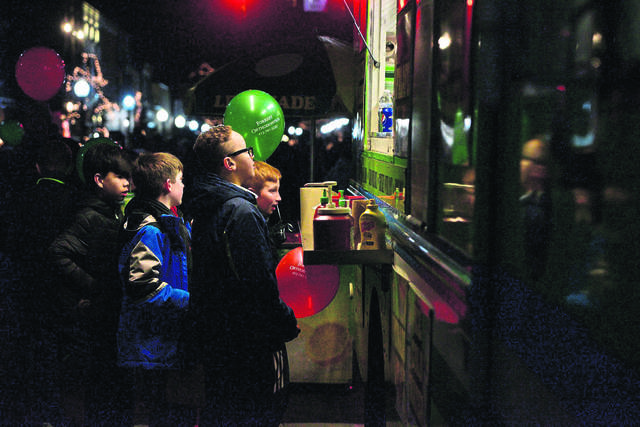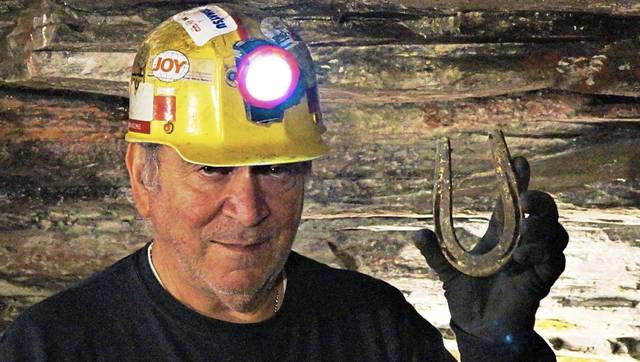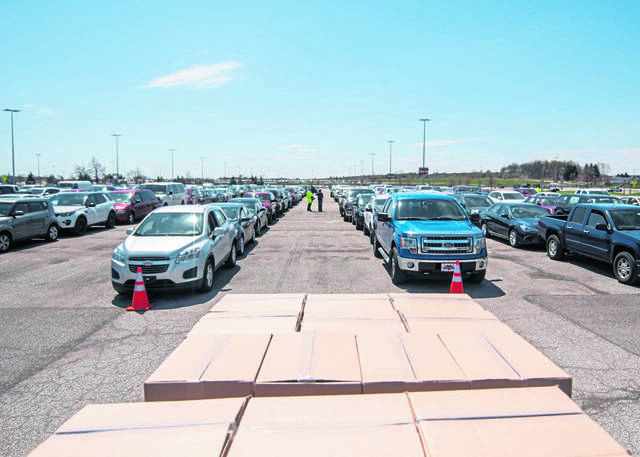What could have been a grand collision between two decommissioned satellites directly over the Pittsburgh area — 559 miles above to be exact — turned out to be a just a fly-by.
The AFP news agency reports the objects — one a space telescope, the other an experimental U.S. satellite — were hurtling toward each other Wednesday evening in opposite orbits at a combined speed of nearly 33,000 miles per hour. They were expected to come within 150 feet of smashing into each other.
But that’s apparently all behind them now.
LeoLabs, a tech firm that monitors orbiting satellites and spacecraft, tweeted out the good news.
Thankfully our latest data following the event shows no evidence of new debris. To be sure, we will perform a further assessment upon the next pass of both objects over Kiwi Space Radar occurring later tonight.
— LeoLabs, Inc. (@LeoLabs_Space) January 30, 2020
Cloudy skies over Western Pennsylvania prevented onlookers from seeing anything anyway.
It could have been quite an impact had it happened. The telescope, a joint project between NASA, Britain and the Netherlands, was launched in 1983 on a short-lived mission: just 10 months. But it weighs in at nearly 1 ton. The satellite, GGSE-4, was launched in 1967 by the U.S. Air Force. It weights a lot less — 190 pounds. However, it’s shape is unique in that it’s 2 feet wide by 60 feet long. And it flies vertically.
Despite the unlikely strike, AFP reported experts were keeping a close eye on the situation.
Astrodynamicist Dan Oltrogge told AFP that had the objects hit, it could have created 1,000 pieces of debris bigger than 4 inches and about 12,000 pieces smaller pieces.








